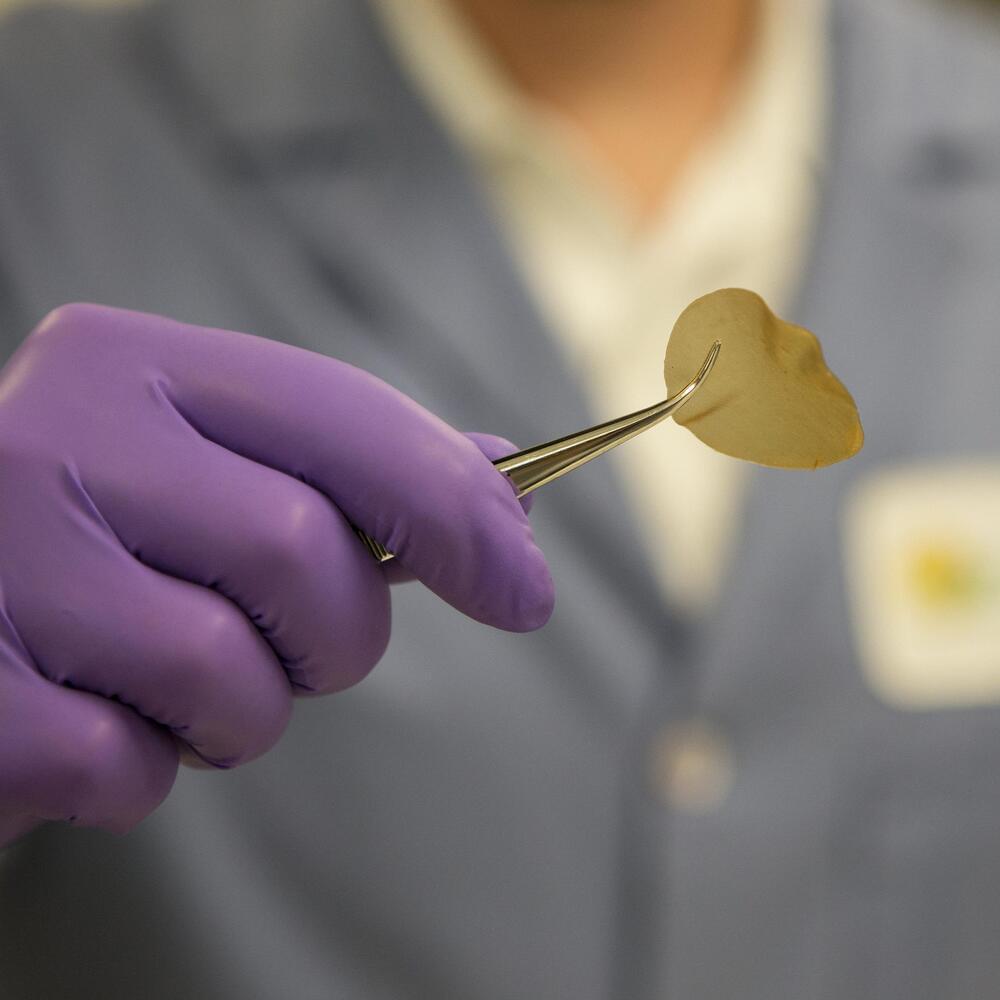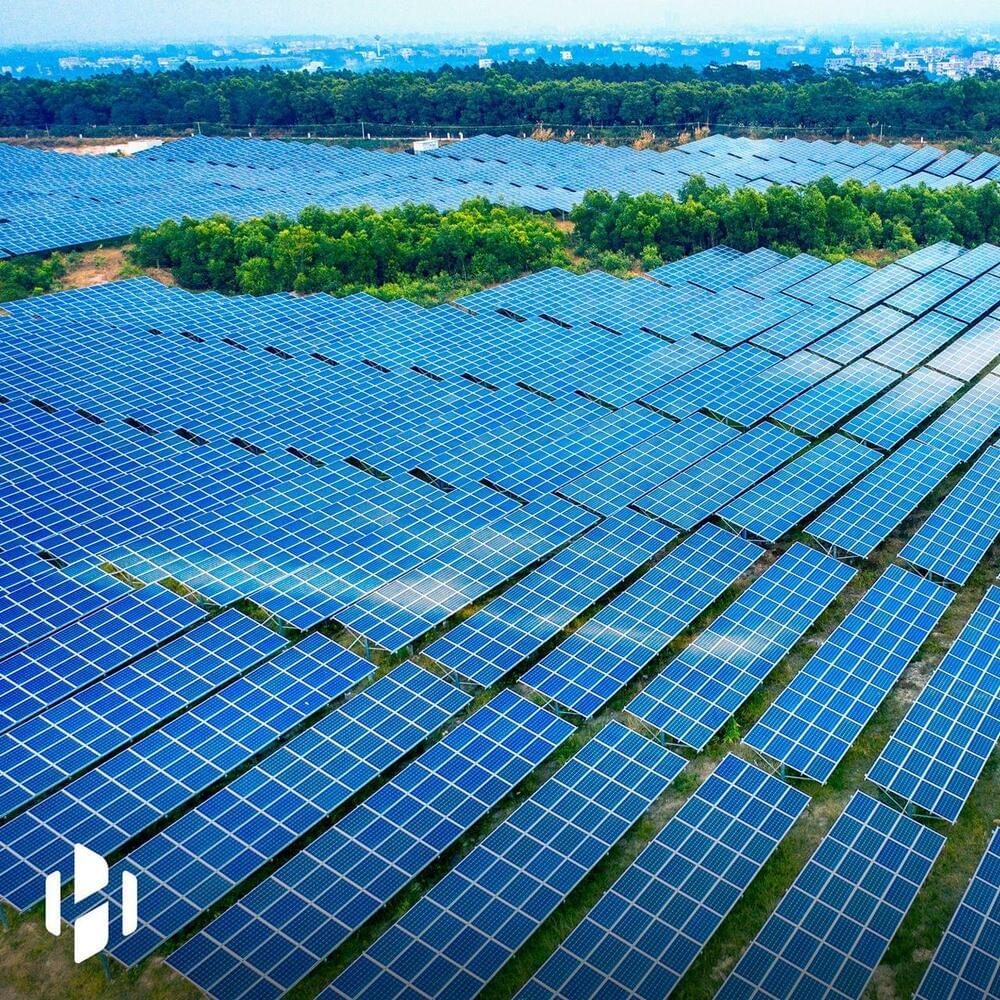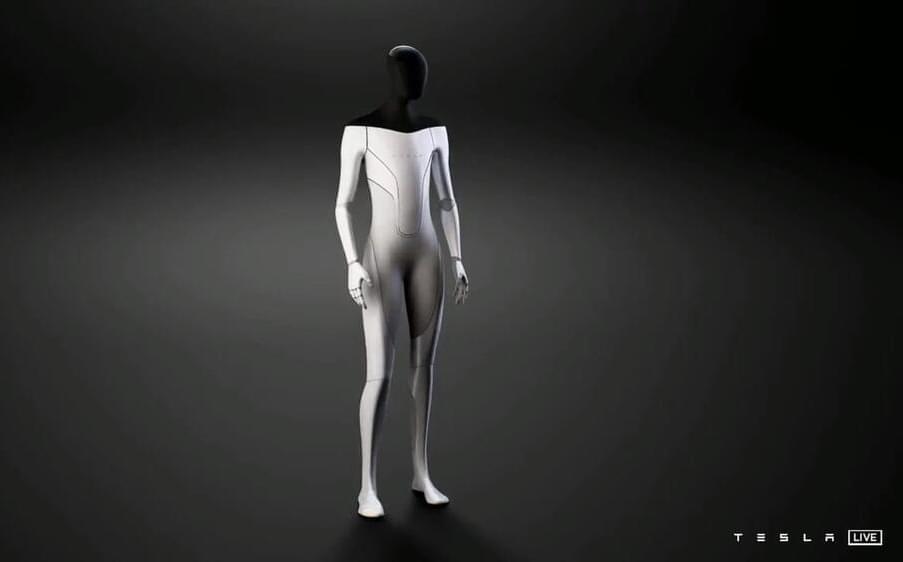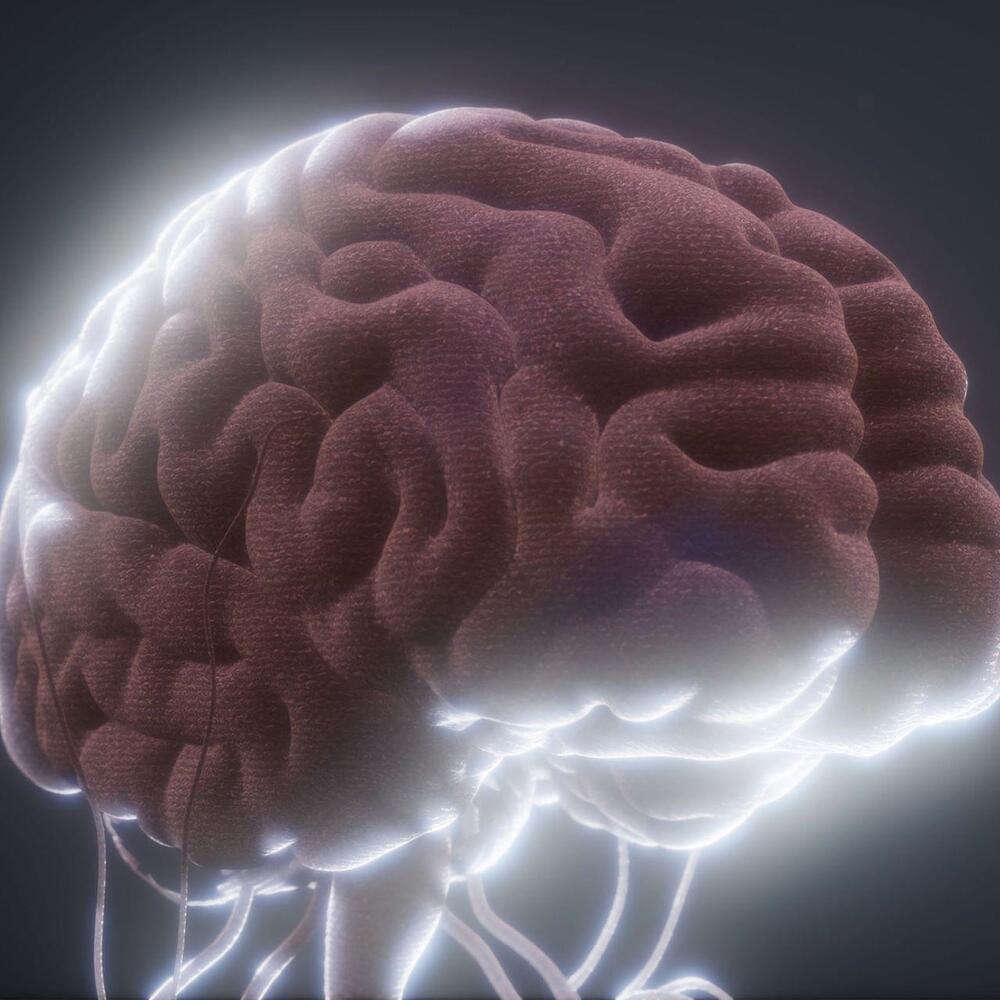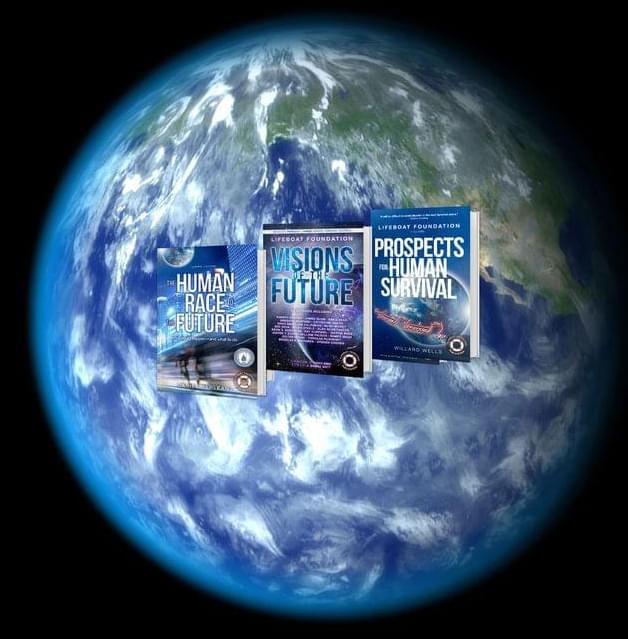Starlink, SpaceX’s satellite-powered internet service, is about to reduce its costs for a key component.
Starlink, SpaceX’s satellite internet service, is about to reduce its costs for a key component, president Gwynne Shotwell revealed at the Space Symposium.
